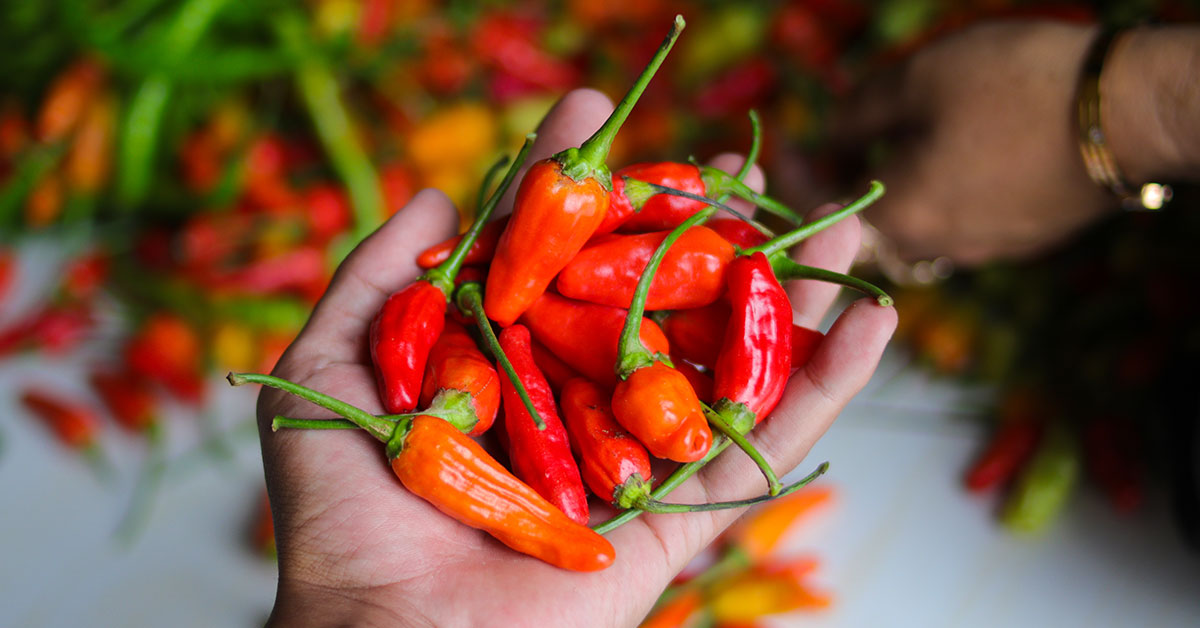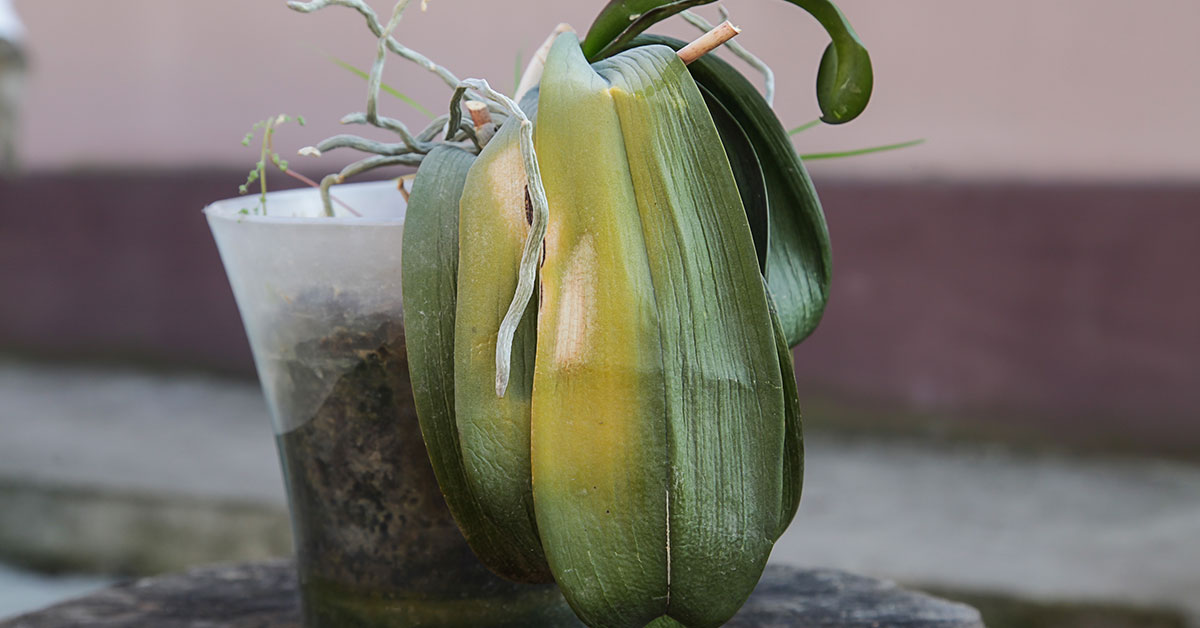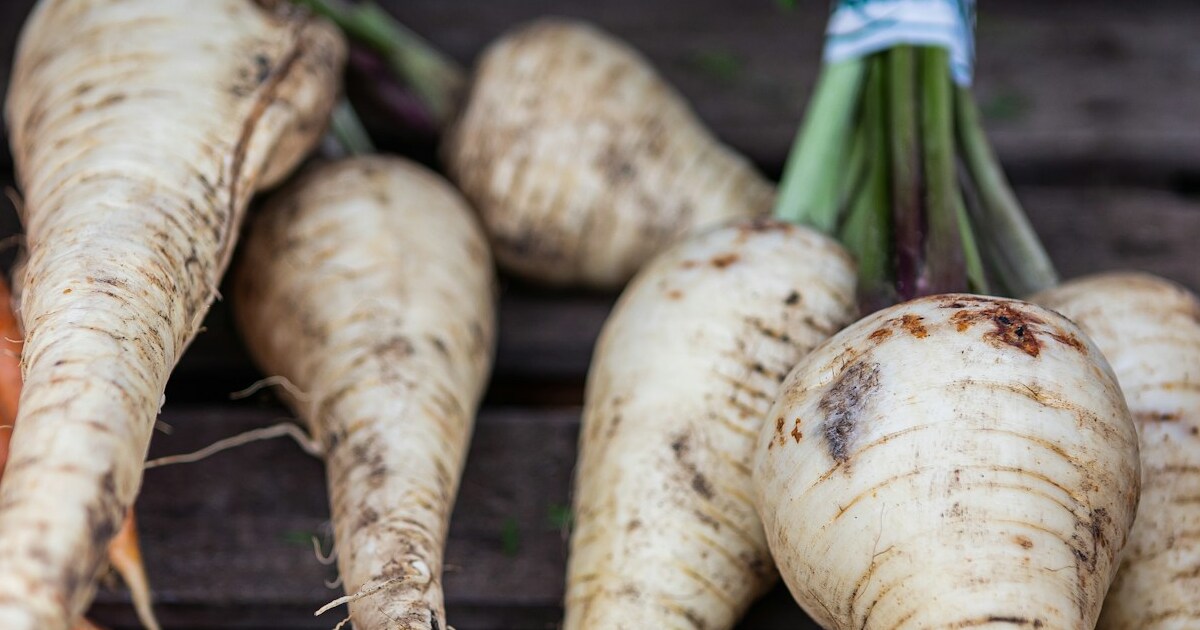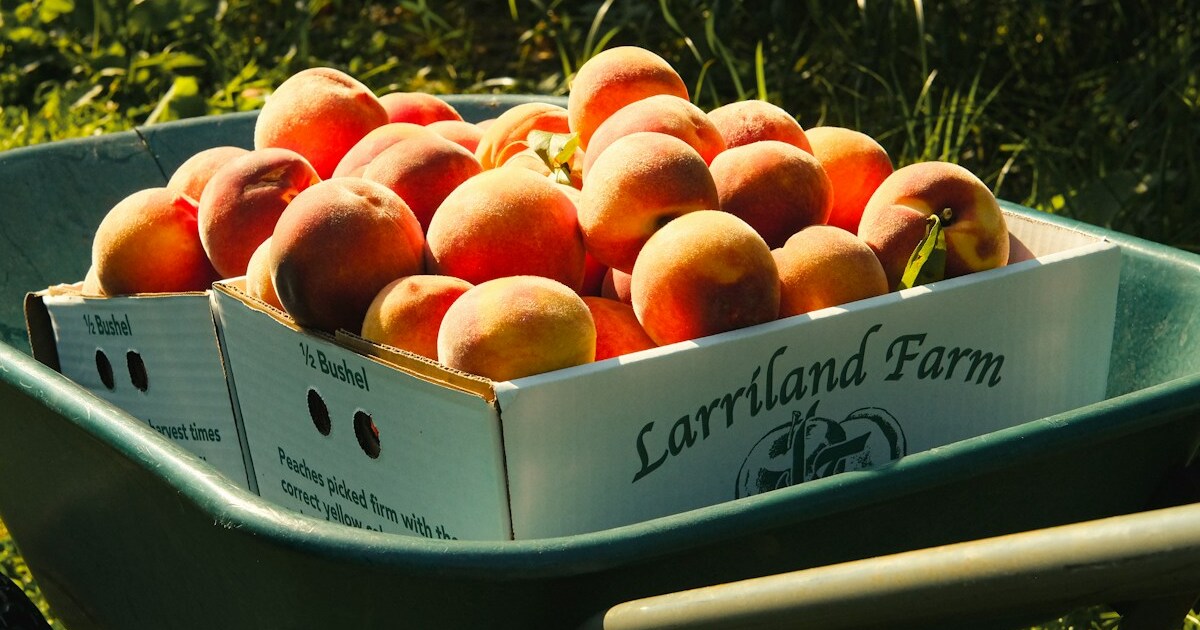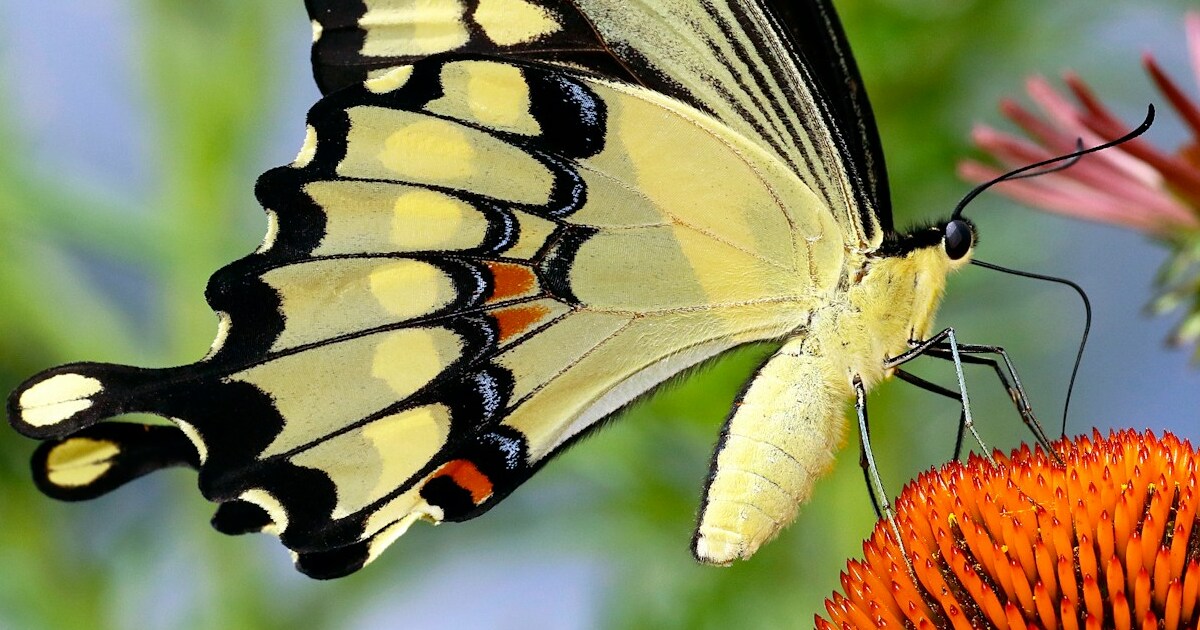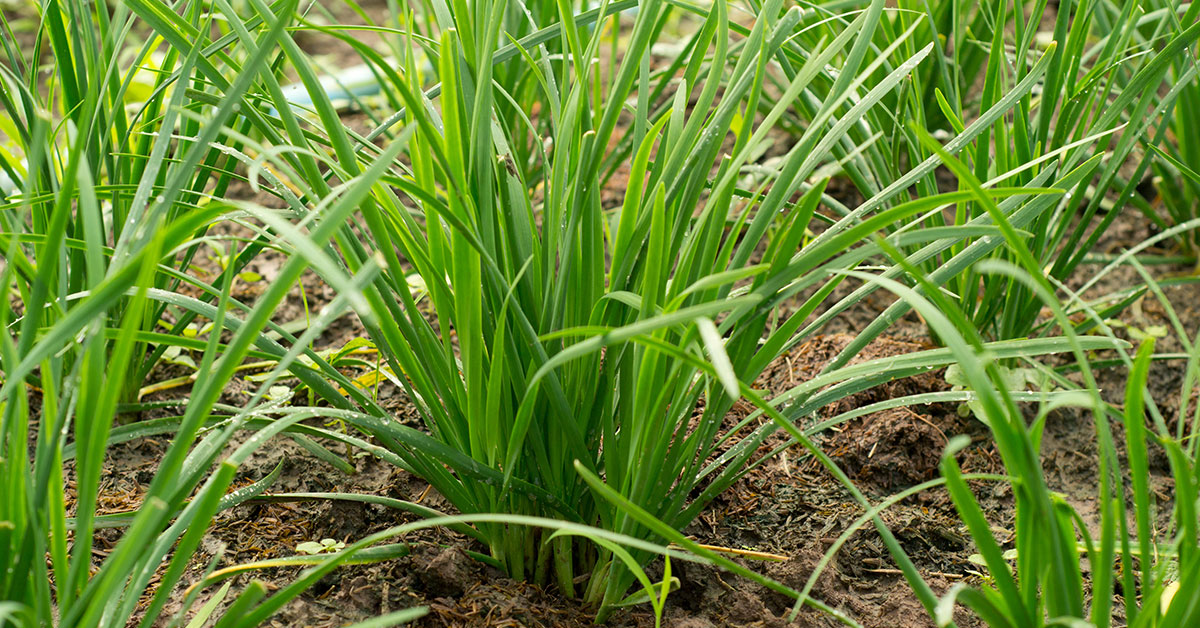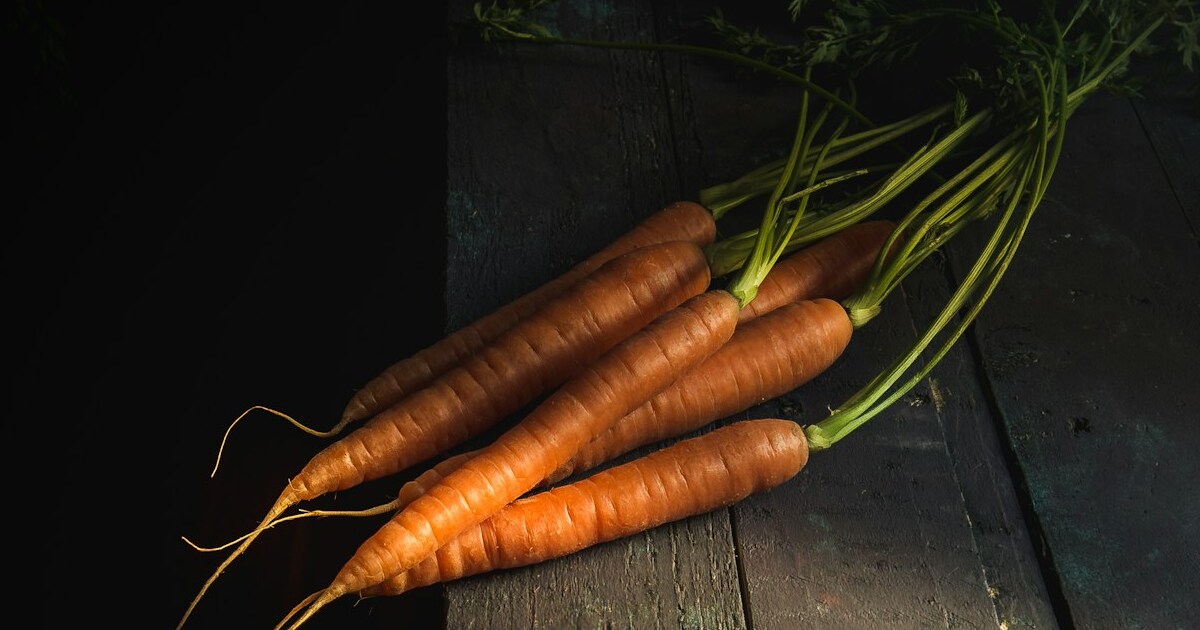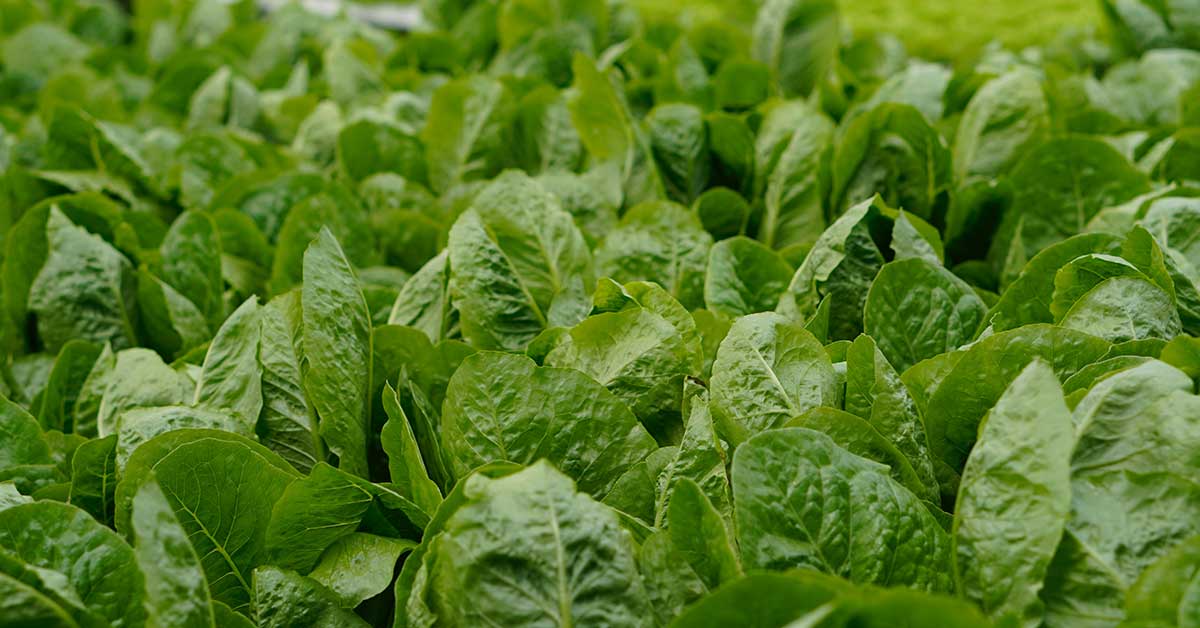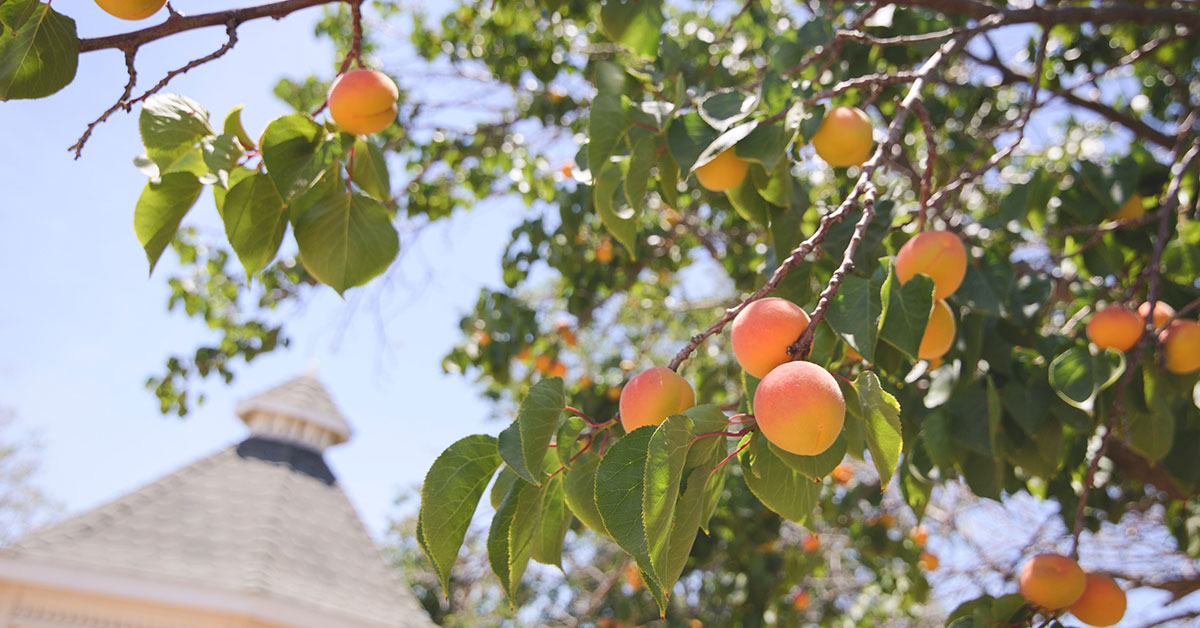If you’re anything like me, you’ve probably been treating your pepper plants as annuals, pulling them out at the end of each growing season. But here’s a little secret: peppers are actually perennials! Native to tropical and subtropical regions of the Americas, pepper plants can live for several years if they’re protected from frost and cold weather. Overwintering your peppers is not only possible, but it’s also a fantastic way to get a head start on next year’s growing season. Imagine harvesting peppers from a plant that’s already established and ready to produce! It’s a game changer, and I’m here to walk you through how to do it.
Overwintering your pepper plants may sound daunting, but with a little care and attention, you can keep your plants thriving through the winter months. Whether you’re growing sweet bell peppers or spicy habaneros, the process is essentially the same. The key is to bring your plants indoors before the first frost and provide them with the right conditions to survive until spring. Not only will you save time and money by not having to start from seed again, but your overwintered plants will often produce fruit earlier and more abundantly than first-year plants. Let’s dive into the details of how to successfully overwinter your beloved pepper plants!
Preparing Your Pepper Plants for Overwintering
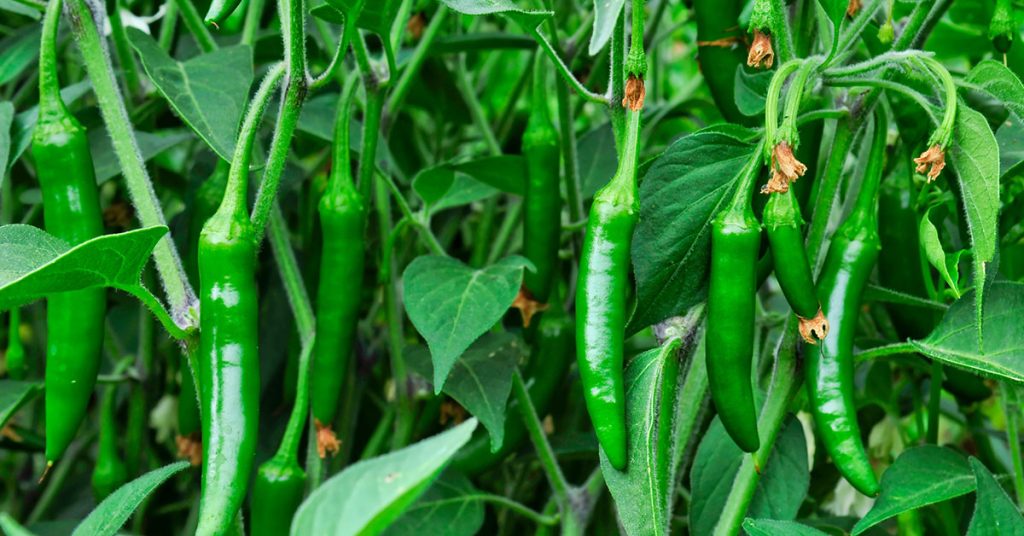
The first step in overwintering your peppers is to prepare them for the transition indoors. As the weather begins to cool in late summer or early fall, it’s important to start getting your plants ready for their indoor home. Begin by pruning back your pepper plants to remove any dead or diseased branches, as well as to reduce their overall size. This not only makes them easier to manage indoors but also helps the plant conserve energy during the winter months. I like to cut mine back to about one-third of their original size, which might seem drastic, but trust me, your plant will thank you for it.
In addition to pruning, it’s also a good idea to inspect your plants for pests. Aphids, spider mites, and other small insects can hitch a ride indoors and cause problems during the winter. Carefully check the leaves, stems, and soil for any signs of infestation. If you find any pests, treat your plants with insecticidal soap or neem oil before bringing them inside. By taking these steps, you’re setting your pepper plants up for a successful winter, free from the stress of pests and disease. This preparation phase is crucial, and it’s the difference between a thriving pepper plant in the spring and one that struggles to survive.
Finding the Right Indoor Spot

Once your pepper plants are prepped, the next step is finding the perfect spot indoors for them to spend the winter. Peppers are native to warm climates and thrive in bright, sunny locations. If you have a sunny south-facing window, that’s an ideal spot to place your plants. They’ll need at least six hours of sunlight each day to stay healthy. If natural light is limited, consider using a grow light to supplement. I’ve found that a good quality grow light can make all the difference in keeping my pepper plants strong and happy throughout the winter.
In addition to light, temperature is another crucial factor. Peppers prefer temperatures between 60-70°F (15-21°C) during the day and slightly cooler at night. Avoid placing your plants near drafts, radiators, or heating vents, as fluctuations in temperature can stress the plants. If your indoor environment tends to be dry during the winter, you might also want to consider using a humidifier to keep the air moisture levels up. This can help prevent the leaves from drying out and dropping. By providing the right conditions, you’re ensuring that your pepper plants remain healthy and ready to burst into growth when spring arrives.
Watering and Feeding During Winter
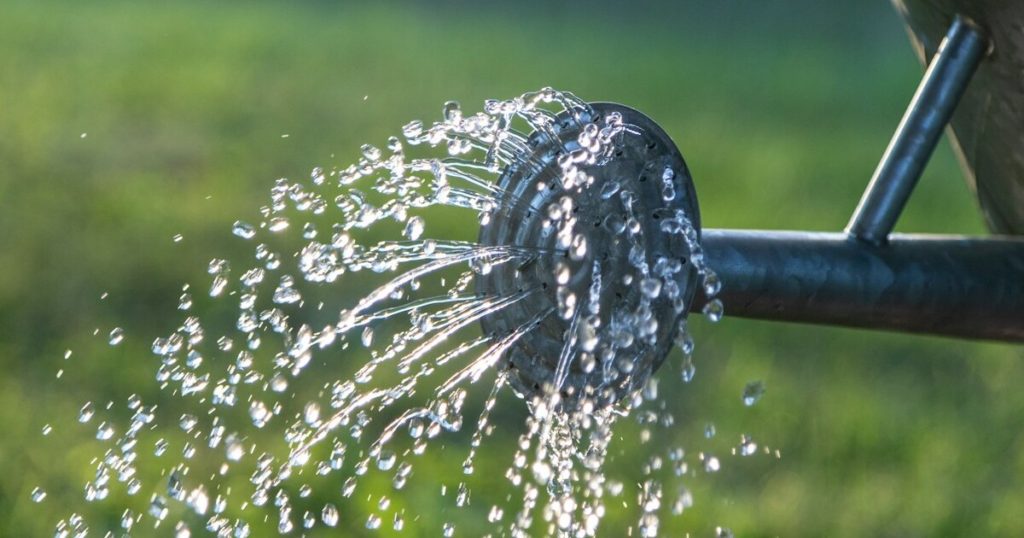
One of the biggest adjustments when bringing your pepper plants indoors is getting the watering just right. In the cooler, lower-light conditions of winter, your plants won’t need as much water as they did during the summer. Overwatering is a common mistake that can lead to root rot, so it’s important to let the soil dry out slightly between waterings. I usually check the soil by sticking my finger about an inch deep—if it feels dry, it’s time to water. But remember, less is more during the winter months.
Feeding your pepper plants during the winter is also different from the growing season. Because the plants are not actively producing fruit, they don’t need as much fertilizer. A light feeding once a month with a balanced, water-soluble fertilizer is sufficient to keep them healthy. Be careful not to over-fertilize, as this can lead to leggy growth and weak plants. By dialing back on the water and nutrients, you’re helping your pepper plants conserve energy and focus on staying strong and healthy until it’s time to move back outdoors.
Pruning and Maintaining Health

Throughout the winter, it’s important to regularly check on your pepper plants and maintain their health. Even though they’re indoors, they can still develop issues like yellowing leaves or pests, so staying vigilant is key. One thing I like to do is give my plants a light pruning every month or so. This helps keep their size manageable and encourages healthy growth. Removing any yellowing or dead leaves also helps prevent the spread of disease and keeps the plant looking tidy.
In addition to pruning, be sure to rotate your plants every few weeks. This ensures that all sides of the plant receive equal exposure to light, preventing the growth from becoming lopsided. Also, keep an eye out for any signs of pests, such as tiny webs or discolored spots on the leaves. If you notice anything unusual, treat it right away with insecticidal soap or neem oil. By staying on top of these maintenance tasks, you’ll help your pepper plants stay healthy and vigorous throughout the winter, ready to explode with new growth when they’re moved back outdoors in the spring.
Gradually Reintroducing to the Outdoors
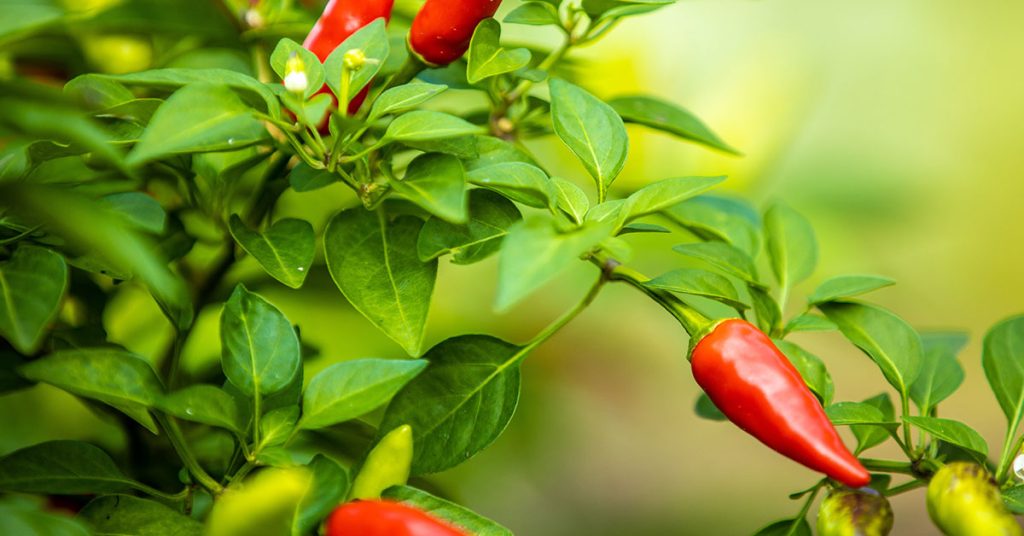
As the days start to warm up in spring, it’s time to start thinking about moving your pepper plants back outdoors. But don’t rush this process—peppers can be sensitive to sudden changes in temperature and light. I like to start by placing my plants outside for just a few hours each day, gradually increasing the time they spend outdoors over the course of a couple of weeks. This process, known as hardening off, helps the plants acclimate to the outdoor environment without going into shock.
During this transition, keep an eye on the weather. If there’s a risk of frost or temperatures dipping below 50°F (10°C), be sure to bring your plants back indoors for the night. After they’ve had about a week or two to adjust, you can transplant them back into the garden or into larger pots if you’re growing them on a patio or balcony. By reintroducing your pepper plants gradually, you’ll set them up for a strong growing season, often with a head start on flowering and fruiting compared to newly planted seedlings.
Overwintering your pepper plants is a rewarding process that not only saves you time and money but also allows you to enjoy an earlier and more abundant harvest. With a little care and attention, you can keep your peppers thriving through the winter, ready to burst back into life when the warm weather returns.


